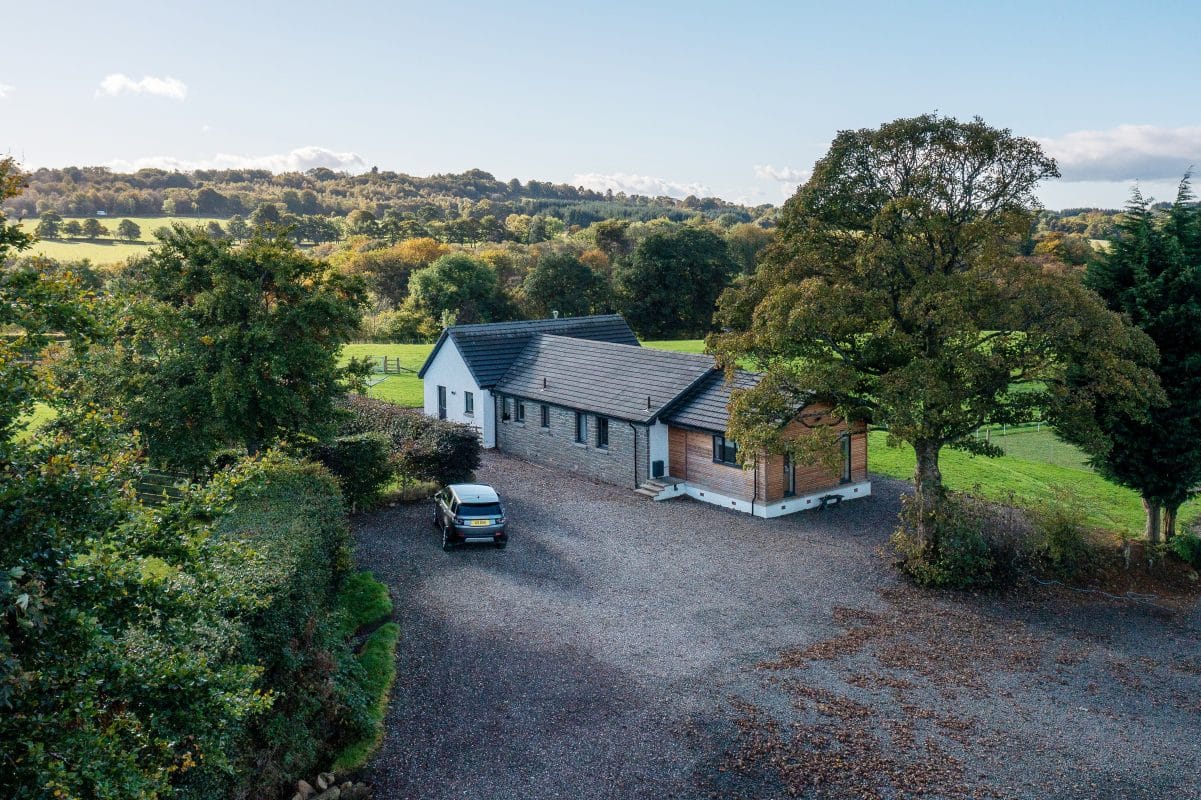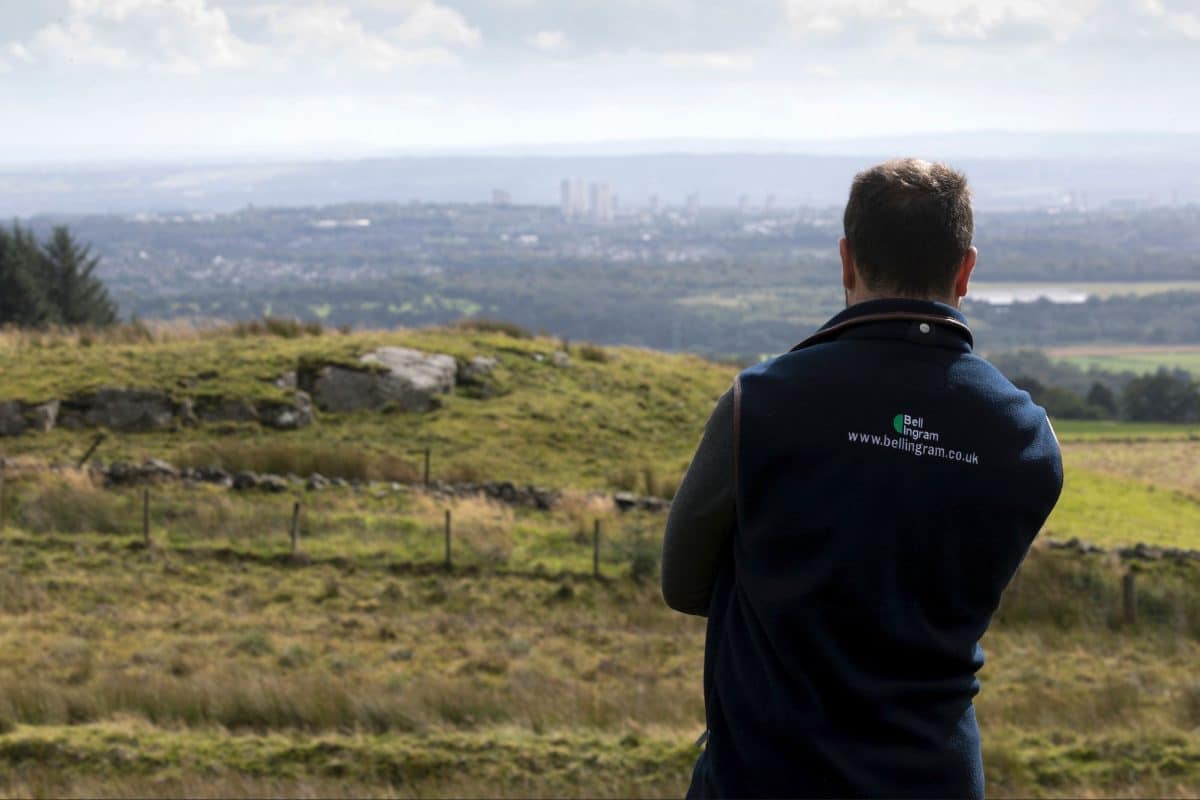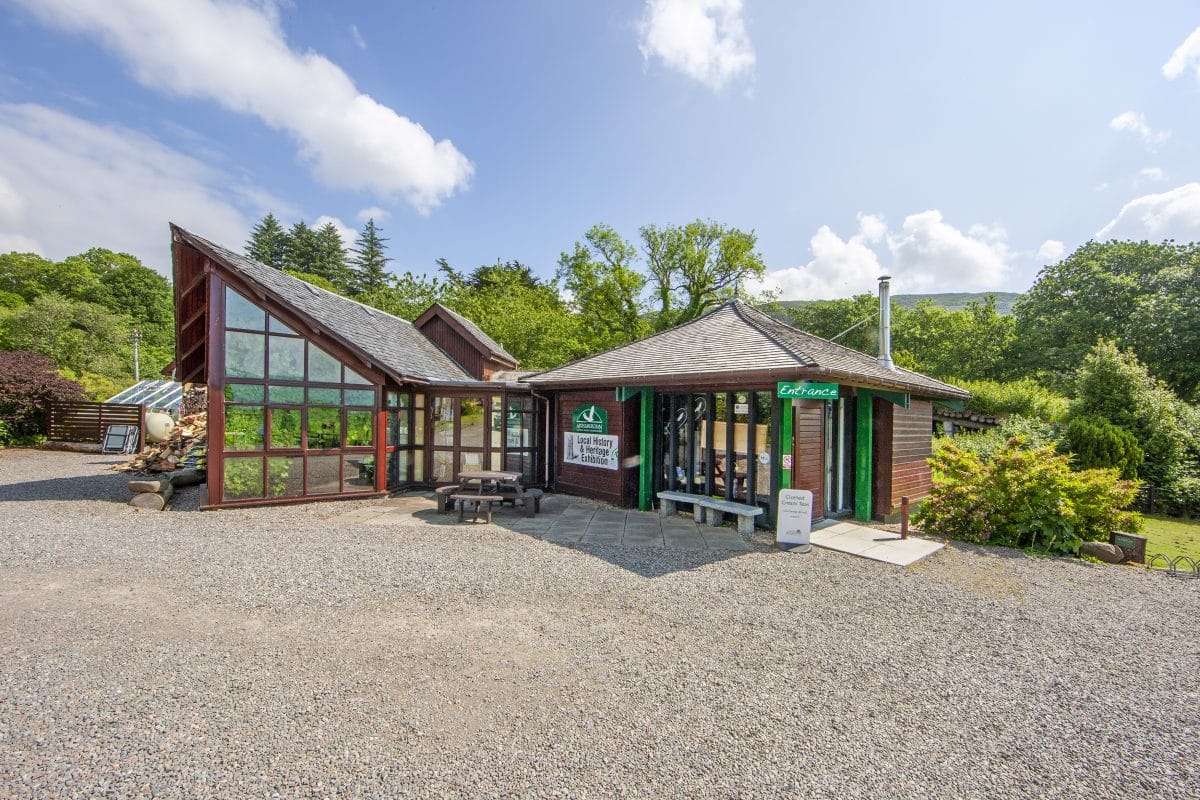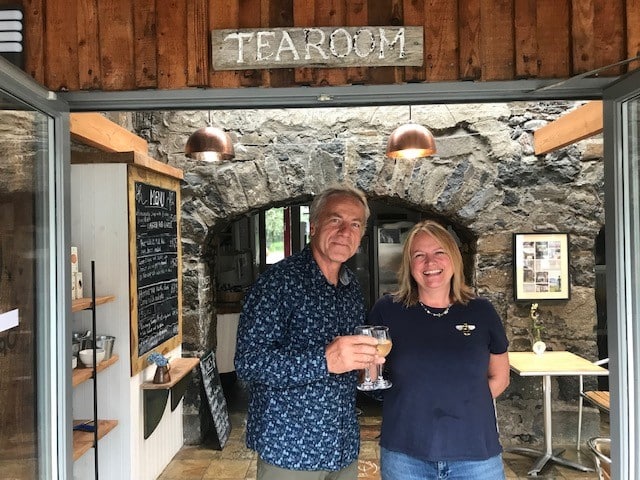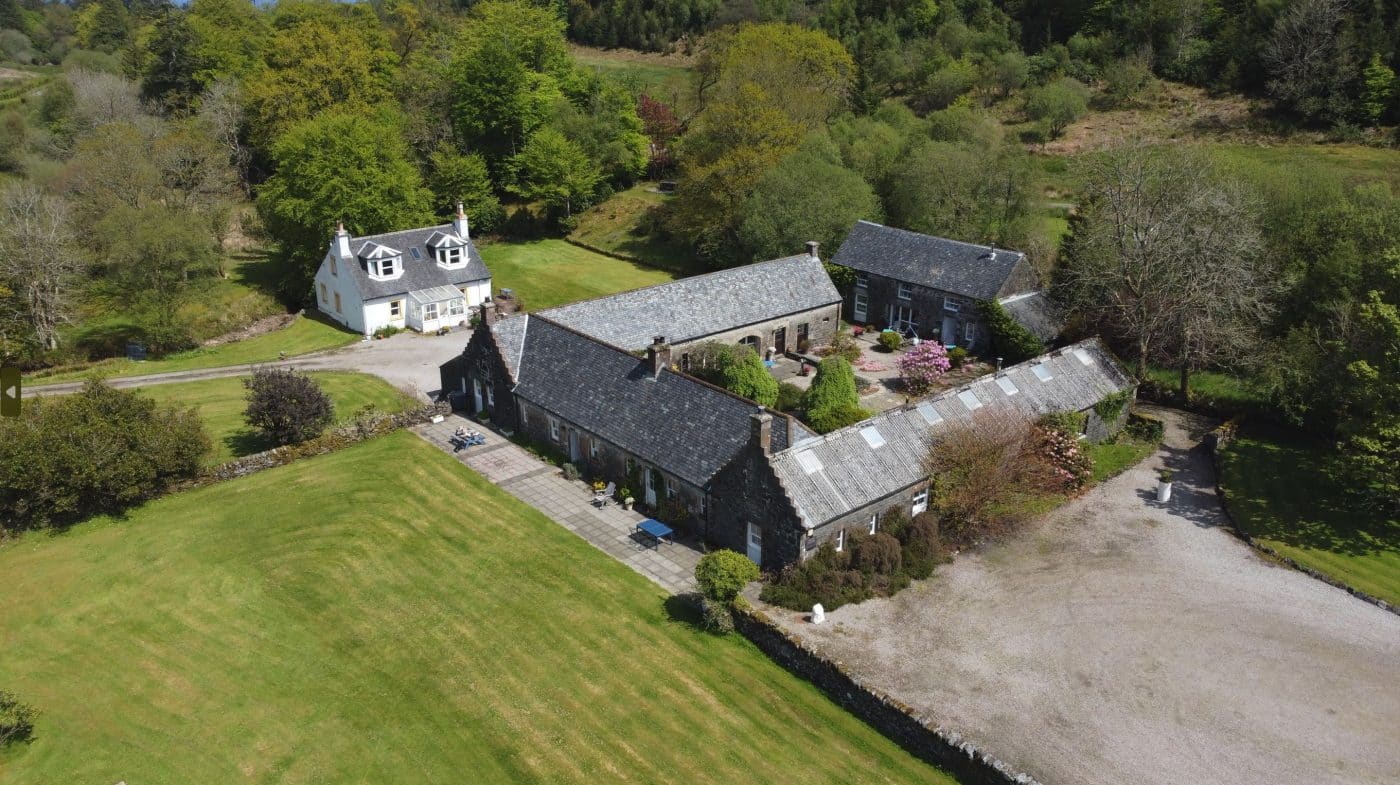Thinking of buying a croft? It’s important to do your homework and consult an expert
TV programmes like Amanda Owen’s ‘Our Yorkshire Farm’ and Ben Fogle’s ‘New Lives in the Wild’ have tapped into a national obsession with self-sufficient lifestyles ‘off-grid’ living.
So much so that even during lockdown, farm and crofting properties are generating a high level of enquiries as soon as they come onto the market.
But for those seeking the rural idyll, does the romantic notion of swapping city life for a sheep farm in the Dales or living in a white-washed croft house on a west coast bay live up to the reality?
Bell Ingram’s resident crofting expert Ian Blois says: “It can do, but it’s not always straightforward and prospective crofters need to be aware of a number of points when buying a property which could be restricted by crofting legislation.”
He continues: “Increased interest in crofting properties during the Covid lockdown has been prompted partly by lower property prices and partly by a genuine consideration of escaping to the country and leaving behind the stresses of city living. Working from home is now a reality for many people and with good broadband, connectivity to a business or employment anywhere in the world is now possible amidst the freedom and slower lifestyle of the Highlands.
Based in Bell Ingram’s Beauly office, Ian has worked with Estate Agency colleagues advising potential crofters for over ten years and reckons that a working knowledge of crofting legislation almost comes as standard if you are a rural professional living and working in the Highlands.
He adds: “While the rules and regulations around crofting aren’t particularly complicated, like most things of this nature there are certainly a few pitfalls that could trap the unwary, and it’s sensible to do your homework and consult an expert.”
Here’s a number of points you might want to consider if you are thinking of buying a croft:
What is a croft?
Crofting is a system of landholding which is unique to Scotland and is an integral part of life in the Highlands & Islands. A croft is legally any small land holding, which is registered as a croft by the Crofting Commisson and therefore subject to crofting legislation. The croft may or may not have a house or farm buildings associated with it and there is no size limit. Currently Bell Ingram have a number of crofts for sale ranging from a 1.6acre croft near Oban to 127 acres of farmland near Lairg in Sutherland.
Where are crofts located?
There are 21,186 crofts entered on the Crofting Commission’s Register of Crofts (ROC) of which 15,137 are tenanted and the remainder are owned. These crofts are located within the traditional Crofting Counties of Argyll, Caithness, Inverness, Ross & Cromarty, Sutherland, Orkney and Shetland, or in one of the newly designated crofting areas – Arran, Bute, Greater and Little Cumbrae, Moray.
How much does it cost to buy a croft?
This depends of a number of factors, including location, land quality and whether the sale includes a croft house. For example, a croft (with a croft house) in a desirable area like the Black Isle with good transport links to Inverness is likely to fetch a higher price than a property without a croft house in a more remote location.
What is the legal position if I buy a croft?
There are two possible scenarios when you buy a croft and these should be apparent in the sales particulars. The croft may be classed as owner-occupied, in which case you would be buying the land and the crofting tenancy, which is the right to farm the land. Or, in some cases, the ownership of the land is not part of the sale and you would be buying the assignation or tenancy of the croft, which is just the right to farm the land.
What are my rights and responsibilities if I buy a croft?
Owning a croft is not the same as owning an ordinary regular home or farm because the use of the land is regulated by the Crofting Acts. Whether you become an owner-occupier or just the tenant, in both cases you must comply with certain duties imposed on you by the crofting legislation. These are:
#1 A duty to be a resident on, or within 32 kilometres of, the croft.
#2 A duty not to misuse or neglect the croft.
#3 A duty to cultivate and maintain the croft or to put it to another purposeful use.
If any of these rules are breached, the Crofting Commission have the statutory powers to terminate the tenancy and allocate the croft to someone considered to be more suitable. This applies even if you own the croft, so it is important that prospective buyers understand the commitment they are making.
Can I buy a croft house without any land?
A “croft” house is not necessarily a croft. If a house is being sold without land, it is unlikely to be subject to crofting legislation which applies mainly to land. In this case, normal property laws apply and you can use it as a second home or let it out as a holiday cottage.
If a registered croft is being sold with a house, the house and garden has often been de-crofted which means that while the land remains under crofting tenure, the house is no longer subject to crofting legislation. This can be important if the buyer needs a mortgage as lenders will only offer financial assistance if the house is free of crofting legislation.
Making an Offer
If you are serious about buying a croft, speak to the selling agent and your solicitor to make sure you are fully aware of what it will mean to become a crofter. It is usual to make a formal offer subject to getting approval from the Crofting Commission. This means that if your offer is accepted, you will then make an application to the Crofting Commission to be approved as the tenant of the property. This is likely to be successful as long as you intend to live permanently on the croft or at least within 19 miles of it and to actively farm the land. Once approved, your offer to buy will be completed.
Still Confused?
If you have found you dream house on an internet search and you find that crofting is mentioned, please do not be discouraged. Just give us ring at either our Beauly or Oban office and someone will be pleased to answer all your questions. It’s not as complicated as it sounds.
Useful links:
Crofting Commission www.crofting.scotland.gov.uk
Citizen’s Advice www.citizensadvice.org.uk
Shelter Scotland www.scotland.shelter.org.uk


